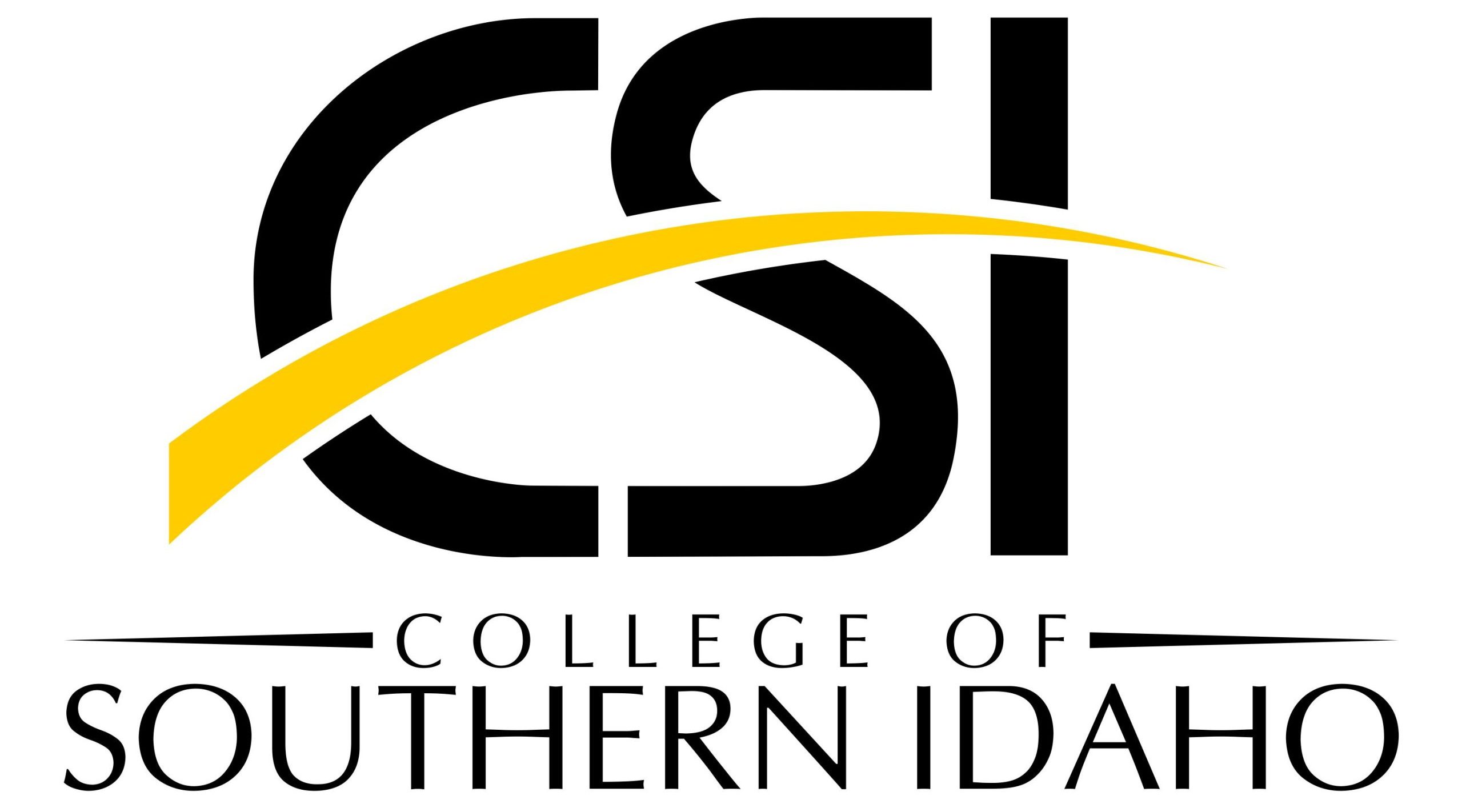Do you own a product that you love to use? Do you own a product that infuriates (or at least frustrates) you?
The D-School at Stanford University suggests that design is nothing more (or less) than creativity at work to help people. The design thinking process provides a well-established set of ideas and practices that make designing good things easier (though not necessarily easy, per se). Even though it’s a significant amount of work to build one’s awareness of and commitment to universal design for learning (UDL), learners should expect, and deserve to have, online courses thoughtfully designed for maximum accessibility and transparency. And, lest readers come to believe that UDL is only meant for learners with certain kinds of disabilities, it is, in fact, suitable, appropriate, and best for learners of all kinds. UDL and effective, human-centered design should be at the heart of any class taught in any mode.
There’s an excellent argument to be made that a central guiding principle of effective course design is TILTing the course. Transparency in Learning and Teaching (TILT) guidelines invite and encourage instructors to give students the “why” as well as the “what” in the work of their courses. Whether we’re thinking of them in terms of transparency or not, the inclusion of catalog descriptions, program learning and student learning outcomes is meant to show the end from the beginning. “Here’s where we are going, folks. Here’s what we hope you’ll be able to do when this semester is over.” We should extend and enhance that level of clarity throughout our courses. Except in very narrow, specific use-cases, learners shouldn’t have to guess why they are doing the work of our courses.
TILT the course… and TILT each task
When an online course is thoughtfully designed and regularly maintained, learners can find the information they need at the right moments and know with a high degree of certainty what they are expected to do. Although the tasks we ask learners to engage in sometimes create necessary confusion and invite productive struggle, the instructions for the task should be clear enough to permit learners to begin work. So too should the task instructions make clear when, where, and how learners can get feedback on the work they are doing.
A TILTed Course
A TILTed Assignment
TILTing an assignment can be no more difficult than including the answers to several questions learners are likely to have when they begin work on the task. For example,
- Why am I doing this task? What is this task’s purpose?
- What kind of work will I be doing?
- Which resources, including the ability to work with peers and/or the instructor (if appropriate), are likely to help me as I work on this task?
- How will I know I’ve succeeded in the task?
- When and where can I expect feedback on my work?
- May I repeat this task for greater and greater mastery?
- How does the work of this task connect to other work in the course or program?
You are likely providing answers to some of these questions to your online learners already. Should you incorporate more? What does a TILTed assignment look like in your discipline?
An example of a TILTed assignment in composition formatted for Canvas can be found here.
Which questions or instructions do you use to make learner tasks transparent and accessible?
What else is there to say about course design?

